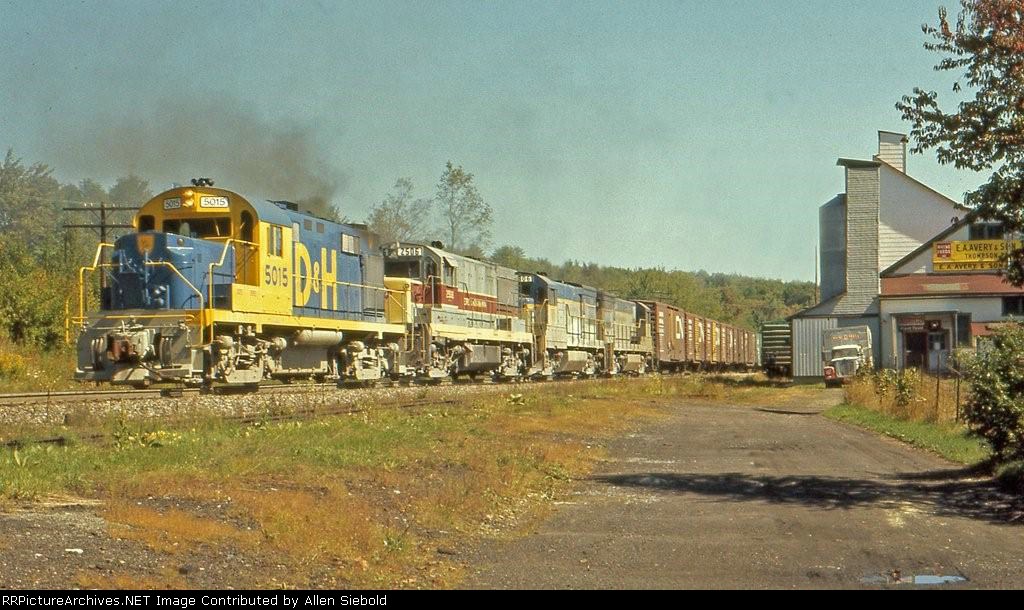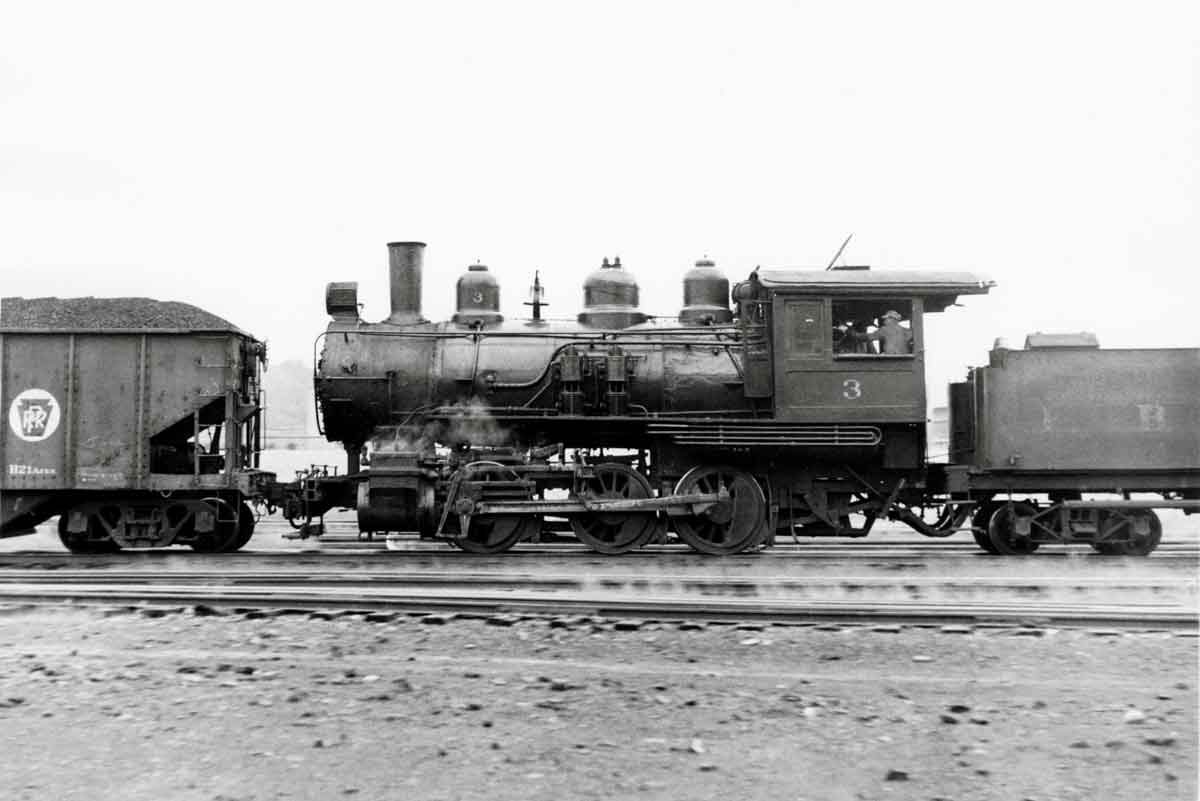Rumor is that an unusual piece of both British and American rail history has been scrapped. The piece in question is the LEV2 at the Connecticut Trolley Museum. In 1978, British Leyland constructed a series of railbuses, which were called LEV for Leyland Experimental Vehicle. They took a British Leyland bus body and drivetrain and then mounted it on a experimental 2-axle high-speed freight car chassis. While the axle at each end were on flexicoil suspension, they were not a bogie, as in they did not swivel at all. They were similar in concept to a Budd RDC or other DMU cars, but they were lighter, easier on fuel, and cheaper to construct.
With the US coming out of the fuel crises, Jimmy Carter had the FRA looking into more fuel efficient rail travel and they chanced upon the British Leyland LEVs. British Leyland first sent over the original, LEV1, for demonstrating purposes, and then shipped it back to the UK and cooked one up that was stretched for the US market and was sent over to the US, called LEV2.

LEV2 was set to work on an experimental MBTA route between Lowell and Concord, NH but it failed to impress. Troubles with the fluid coupling (or fluid flywheel in British parlance), uncomfortable seats and poor ride quality quickly earned it a poor reputation.

It then was sent to Amtrak for testing on the Northeast Corridor. It was only operated briefly there before it was involved in a grade crossing accident. Amtrak had had trouble with the LEV2 not triggering the crossing gates, and so a car entered the crossing and was struck by the LEV2. There was no loss of life, but by that point, Amtrak had decided they too did not want any more to do with the LEVs.
LEV2 then ended up at Steamtown USA (pre-National Historic Site, post-Scranton move), which was definitely a strange place for it. Steamtown had plans of using it for light shuttle service. Here is a rare photo of it at Steamtown next to Maine Central #519. But while performing repairs on it, they damaged the fluid coupling somehow and lost interest in it.

It then was sold to the Pocono Northeast Railroad, who was looking into service between downtown Wilkes-Barre and Scranton, because construction was starting on the mall in Scranton and there was still stores in Wilkes-Barre at that time. The PNER never managed to get LEV2 running, the service never materialized and the PNER went out of business shortly after the purchase.

It was purchased from a scrap dealer by the Durbin & Greenbrier Valley Railroad, who returned it to operation for their Cheat Mountain Salamander shuttle service from Spruce, WV to Elkins, WV. After several years, the same complaints of poor ride quality and poor reliability once again cropped up and the D&GV retired LEV2 in favor of an Edwards Railcar Company doodlebug that they restored. They then traded LEV2 to the Connecticut Trolley Museum for the Moore-Keppel #3, a Climax geared locomotive that had been restored in the '80s and '90s and operated very little since due to lack of steam-knowledgeable staff. This completed D&GV/Cass's collection of gear-drive steam locomotives and the LEV2 was near enough to a trolley to make sense at CTM.

LEV2 has since sat tucked away on a siding at the CTM, rusting away. Plans were floated by the CTM to remove the body from the frame and scrap the frame, or to gut the interior of the body and use it as storage. There was also an attempt to repatriate LEV2 back to the UK. If the rumors are to be believed though, LEV2 has finally met its date with the scrapper's torch and been cut up. Sad, for such a bizarre piece with such a long history, but in a way it makes sense for the museum to cut up. This thing wasn't that successful even in the UK (British Leyland only built another 6 more), came over here to sell in North America and completely failed, was an abomination of a rail vehicle in almost every sense of the word and at best could only serve as some low-volume passenger shuttle or replacement for train service, and there are American vehicles for this, from RDCs to Edwards motorcars to the Strasburg's LO&S 10. And that's only if you replace the engines and transmissions with something you could get parts for. Money spent on restoring this could be better spent on trolleys that are more related to the museum's mission.

















.jpg)







































